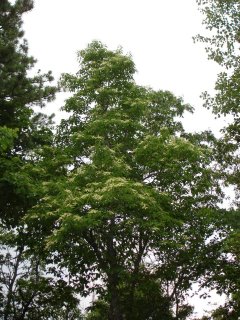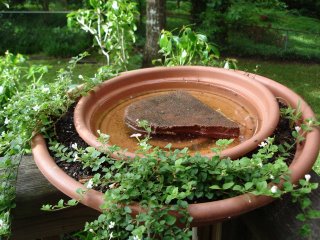The podcast includes funny interactions between Jamie and Amy who obviously enjoy their back and forth. They have produced at least nineteen episodes at the time of this writing.
And when Jamie has a guest who wanders into language that might be a little on the too-scientific side, Jamie easily and disarmingly makes it understandable for the lay listener. I listened to an episode on invasive species and the honey bee. His guest was discussing ways to intervene to get rid of invasive species in rather scientific terms. Jamie interjected gently that when he teaches he usually says that there are mechanical means, biological means, and chemical means for getting rid of invasive species. That simple clarification made the rest of the conversation flow in a much more user-friendly way.
His episode on the Asian Murder Hornet was fascinating and there is an episode on ants in the hive that is really interesting. Each episode is thoroughly documented with show notes on each topic covered with references galore.
At the end of each episode that I have listened to, there is a Q&A section (which Jamie sometimes calls, "Stump the Chump") in which Jamie addresses questions that have been sent in by listeners in his usual entertaining style.
If you haven't heard Jamie Ellis speak, he will be a featured speaker at the GBA Virtual Fall Conference on September 25 and 26. People love his talks because he is so easily able to connect with his audience. I'm sure there are lots of YouTube videos of his talks as well.
















